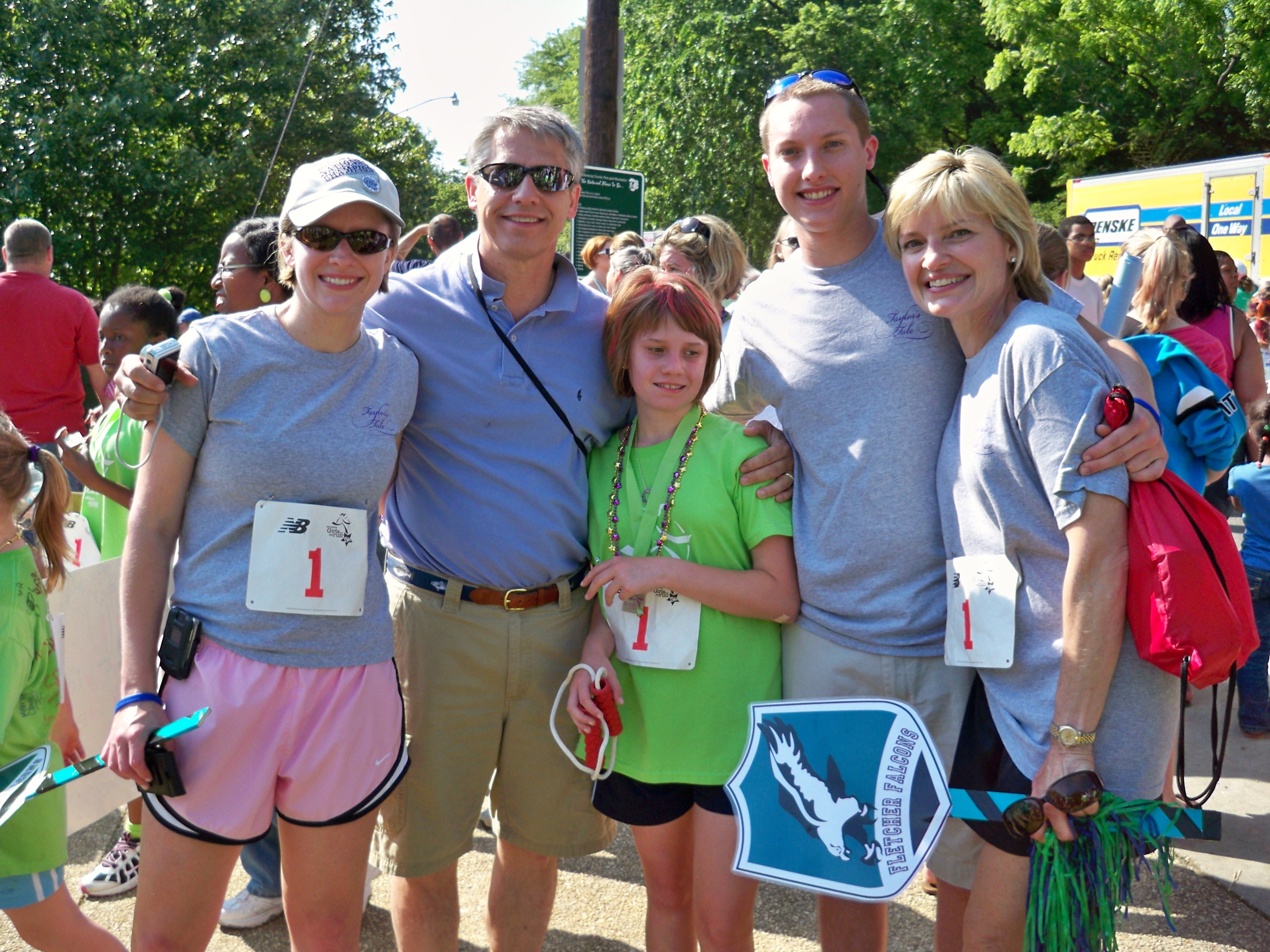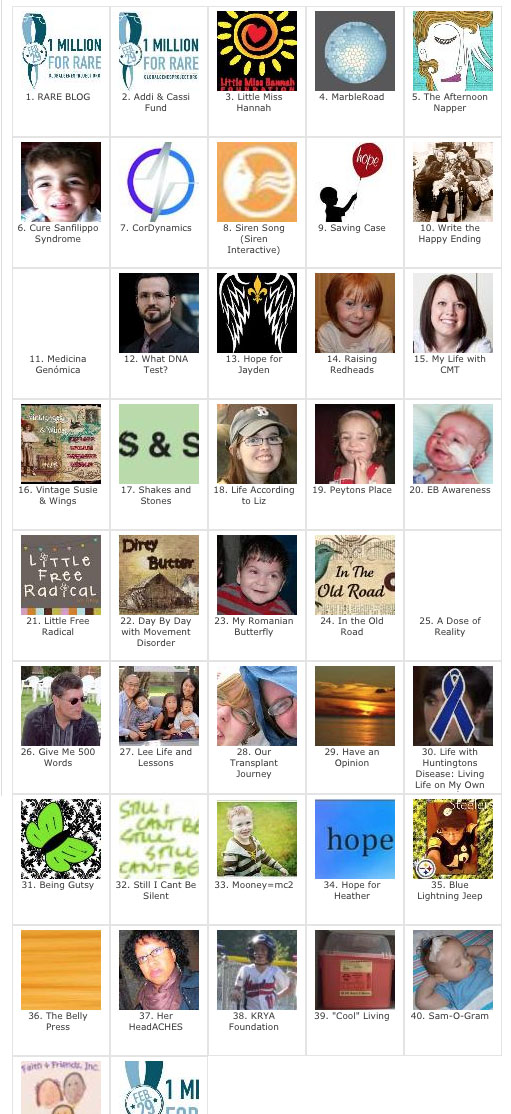The following post is part of a blog hop organized by the R.A.R.E. Project to raise awareness of World Rare Disease Day (February 29).
On the morning of July 24, 2006, my parents sat stone-still in an office in Charlotte, NC as a genetics expert explained that their 7-year-old daughter, Taylor, had been born with something called infantile neuronal ceroid lipofuscinosis (INCL), a form of Batten disease. The doctor prescribed family trips, fun activities, etc. – anything to help make happy memories while there was still time. The disorder was fatal and had no cure.
An hour later, my brother, husband, and I answered my parents’ distress call and joined them at their house. While Taylor sat in her classroom at school, unaware of the tragically flawed single bead on the single gene out of the thousands of genes in her DNA, the rest of us sat on the floor of my parents’ bedroom, wrapped in each others’ arms, soaked in each others’ tears.
Another hour passed. The sun scaled the cloudless blue sky and baked the mid-summer Carolina landscape. We wordlessly walked to my SUV, drove to Taylor’s school, loaded her into the back seat and headed to her occupational therapist’s office. During her appointment, the five of us sat huddled in the car with the windows rolled down, unable to move. The July heat rose from the asphalt in shimmering waves. And then, without warning, the shock that had frozen our resolve melted away.
In the immediate aftermath of the diagnosis, we’d been unable to see past the doctor’s prescribed happy memories program. Unable to believe. Happy memories are nice. But for our family, they just wouldn’t cut it. That’s why we decided – as a team – to fight the monster that haunted Taylor’s DNA. “No cure” didn’t cut it, and we made no apologies for our demanding ways. And at that very moment – in that oven-like car – the spirit that eventually became a non-profit organization called Taylor’s Tale was born.
How many things do we take for granted today that were once considered impossible?
Ancient Egyptians wrote of “electric fish” almost 5,000 years before Benjamin Franklin attached a metal key to a damp kite string and flew the kite in a stormy sky. About 100 years later, Thomas Edison opened a lab in New Jersey, where he built the first incandescent electric lamp. The first telegraph was an iron wire. Today, we can have conversations with people on the other side of the globe. The first computer was the size of a warehouse. Now, smart phones are more powerful than those computers.
On December 14, 1903, Wilbur Wright flew an airplane over the sands of Kitty Hawk, NC for a whopping 3.5 seconds. The plane was constructed of wood and canvas and had a 12-horsepower engine. Sixty-six years later, men landed on the moon, and fighter jets flew across the sky at more than twice the speed of sound.
In the first half of the 20th century, frequent polio epidemics swept across the world, killing hundreds of thousands of people. But a vaccine developed in the 1950s reduced that number to around 1,000 per year. For much of human history, the elderly or weak had no answer for illnesses as simple as the common cold. But an accidental discovery in the 1940s – the antibiotic penicillin – has since saved millions of lives.
In 1998, two siblings were diagnosed with a rare, genetic disorder called Pompe disease. Doctors told their parents the children likely had just months to live. It wasn’t just that they hadn’t caught the disease early enough. The disease was so rare, in fact, that no scientist had even bothered to explore possible treatments for it.
Those parents were John and Aileen Crowley. Their story became The Cure, an award-winning book that later inspired the movie Extraordinary Measures. Before the story made its way to the big screen, though, it made its way to my mom, Sharon King, who shared it with a group of about 10 women – who, on a sunny day in late 2006, each took a copy of The Cure and enlisted in my mom’s newly created army with one mission: to fight Batten disease.
Years after doctors thought they’d be gone, the Crowleys’ kids, Megan and Patrick, are still fighting. And so are we.
As a matter of fact, I’ve never once looked back or considered quitting since the day my family made that promise to each other in a hot car or the day just a few months later when my mom – our fearless leader – sounded her battle cry over a crate of hardcover copies of The Cure. And while I know we have an uphill battle in our quest to save my sister Taylor’s life and make the world a better place for all those who suffer from a rare disease, I still believe.
Because to truly believe is to understand the difference between impossible and undiscovered.
**********************************************************************************************************
World Rare Disease Day is February 29 – thirty days from today. Thirty is a significant number because:
- Thirty million Americans have a rare disease – that’s more than the total number of people living with cancer WORLDWIDE (28 million according to the Livestrong Foundation)!
- Thirty percent of children with a rare disease will die by their fifth birthday.


